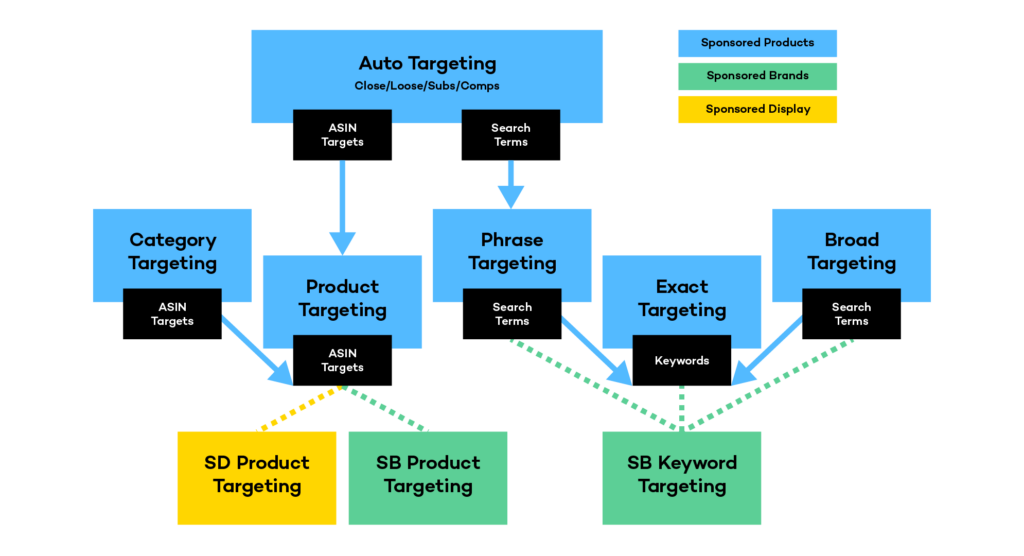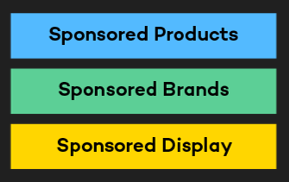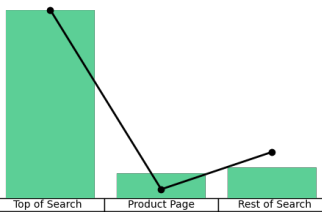
Account Audits: What We Find
With hundreds of account reviews under our belts, we’ve noticed several trends where brands are missing their full potential. Here’s a look at the top four.
When you review as many accounts as we do, common missteps start to stand out. Here’s a look at the four key opportunities we see come up, time and time again.
updated may 2023
Entering a partnership with an Amazon advertising agency is a hefty leap of faith for any seller or brand. A great way to build a foundation of trust from the beginning is providing a candid and objective account review or audit identifying opportunities.
Why candid and objective? Well, sometimes we come across rock star accounts. If we don’t see enough opportunity to justify our management, we won’t move forward. However, more often than not, we can pretty easily identify where we can add value.
With hundreds of account reviews under our belts, we’ve noticed several trends where brands are missing their full potential. Here are the top four:
1. Missing a full-funnel structure

Probably the biggest and most common mistake we see is accounts that have gaps in their campaign structures.
For any product or group of products, we like to have a primary campaign series that consists of an Auto Campaign that then feeds into a Manual campaign. We harvest keywords and products that convert in the Auto, send them down to the Manual where we can more precisely target with more control. Those converting keywords and product targets are then set as Negatives in the Auto campaign, so it continually works as a discovery tool.
2. Not sharing converting targets across ad types

And if those targets convert in your Manual campaign, you should definitely be utilizing the information and research across your ad types!
This harvesting of targets and implementation of a full-funnel structure also applies to the different ad types. We want to expand our funnel, utilizing converting targets in Sponsored Brands and Sponsored Display campaigns, as well.
3. Not utilizing placement settings

We often see placement settings under-utilized or misused.
Amazon allows you to enter a percent increase to your base bid for 2 placements: Top of search (first page) and product pages. When you utilize these placement levers, your bid will be increased by the specified amounts when your ads compete for opportunities on those placements.
The conversion rate for Top of Search (TOS) ad placements is often 2x greater than Product Page and Rest of Search placements. It is an efficient place for your ads to be, so we like to use placement settings, along with appropriately set bids, to earn those coveted TOS slots. Leveraging data can help find a TOS setting that works best.
4. Unproductive spend

Having some unproductive spend (spend associated with low conversion rates or no conversions at all) is something we find in all accounts and is expected. But when 50% of total ad dollars are going toward targets that aren’t working, it’s time for an overhaul.
The day-to-day grind of optimization is a lot to ask of a seller or brand focused on the bigger picture. But this is where you find efficiency and room for scale.
When reviewing the efficiency of your spend, look for outliers, investigate the reasoning, and optimize accordingly. If the outlier is a good performer, how do you squeeze more out of that?
If the outlier is not converting, is it relevant? What’s the historic data? Lower the bid or set as negative?
These are a few questions we ask in those initial reviews of a new account.
Want to see where your account sits? Sign-up for our free Ad Advance Performance Audit: